The rhythmic chanting echoes through the vaulted ceilings as incense swirls around gilded statues. In a remote Himalayan monastery, crimson-robed monks begin their predawn prayers with precisely synchronized movements, their deep-throated mantras vibrating through the stone corridors. Meanwhile, halfway across the world in rural Louisiana, a Pentecostal congregation sways to the syncopated rhythms of a gospel choir, speaking in tongues as the spirit moves them. These vastly different expressions of devotion reveal religion's most fascinating paradox - how universal human yearning for the divine manifests in such spectacularly diverse ceremonial traditions.
From Incense to Ecstatic Dance: The Sensory Language of Ritual
Religious ceremonies engage all five senses to transport participants beyond ordinary consciousness. Eastern Orthodox priests swing censers emitting myrrh-scented smoke that clings to worshippers' clothing like sacred perfume. Hindu devotees trace intricate kolam patterns with rice flour at dawn, their fingertips connecting to the earth through tactile artistry. In Sufi dhikr ceremonies, the hypnotic repetition of God's names combined with whirling movements induces altered states. Anthropologists note how these multisensory experiences create "ritual memory" - the phenomenon where bodily actions bypass intellectual skepticism to imprint spiritual truths at a cellular level. The Ethiopian Orthodox Tewahedo Church maintains this tradition literally through its sacred dance called the Aquaquam, where priests move in concentric circles while shaking sistrum rattles, their embroidered vestments swirling like living icons.
The Architecture of the Invisible
Sacred spaces become theaters for cosmic drama through meticulous ceremonial choreography. Zoroastrian priests in Mumbai's fire temples tend perpetually burning flames using silver tongs in rituals unchanged for millennia, their movements preserving ancient Persian wisdom. Japanese Shinto ceremonies demonstrate how purification rituals create liminal spaces - the rinsing of hands and mouth at temizuya fountains symbolically prepares visitors to cross from profane to sacred realms. Even the apparently spontaneous shouting and falling associated with charismatic Christian services follow unspoken liturgical structures. As scholar Catherine Bell observed, what appears as ecstatic chaos actually obeys strict protocols about who may speak when and how the Holy Spirit's manifestations should properly occur.
Blood, Ashes and Sacred Substances
Material elements in religious rites carry profound symbolic weight. The Catholic Eucharist's transformation of bread and wine echoes ancient temple sacrifices while adding layers of New Testament meaning. In Haitian Vodou ceremonies, carefully prepared veve patterns drawn with cornmeal become temporary altars where spirits descend. The Jain ritual of sallekhana - voluntary fasting unto death - turns the body itself into a sacred offering through extreme asceticism. Tibetan Buddhist sand mandalas perhaps best illustrate this concept: monks spend weeks creating intricate geometric designs only to ritually destroy them, teaching impermanence through ceremonial performance.
Cycles of the Sacred Calendar
Seasonal rituals synchronize human communities with cosmic rhythms. The Jewish Passover Seder's carefully ordered meal recounts Exodus events while linking generations through symbolic foods and prescribed questions. In Iran, Nowruz celebrations marking the spring equinox incorporate Zoroastrian fire-jumping traditions alongside Islamic prayers, creating a cultural palimpsest of ritual meaning. Even ostensibly secular Western holidays like Halloween retain traces of Samhain ceremonies when Celts believed the veil between worlds grew thin. These calendrical rites function as cultural memory banks, preserving endangered worldviews through embodied practice.
The Performer and the Participant
Ritual specialists undergo years of training to become living conduits of tradition. Balinese Hindu priests memorize intricate mudra hand gestures and chant ancient Sanskrit texts phonetically without understanding their meaning - the sounds themselves contain power. Native American Sun Dance leaders guide participants through four days of fasting and dancing while maintaining sacred protocols about facing directions and ceremonial objects. In Eastern Christianity, the priest's vestments transform him during liturgy into a living icon of Christ through elaborate symbolic garments like the epitrachelion stole representing the lost sheep carried on the Good Shepherd's shoulders.
When Rituals Collide
Globalization creates fascinating ritual hybrids. Korean shamans now incorporate Christian prayer into kut ceremonies for clients who feel conflicted about traditional practices. Mexican Day of the Dead celebrations blend indigenous ancestor veneration with Catholic All Saints' Day in colorful cultural synthesis. Some Japanese couples perform Shinto wedding ceremonies followed by Christian-style receptions complete with cake-cutting and first dances. These adaptations demonstrate religion's living essence - rituals evolve while maintaining continuity with ancient human attempts to touch the divine.
From the silent meditation of Quaker meetings to the cacophonous processions of Brazilian Carnaval, religious ceremonies map the diverse ways humans have sought to cross the threshold between material and spiritual realms. They remain civilization's most enduring performance art - at once profoundly archaic and vibrantly alive, preserving wisdom traditions while constantly adapting to new cultural contexts. In an increasingly secular age, these ritual practices continue to answer some deep human need for patterned, meaningful action that connects individuals to something greater than themselves.
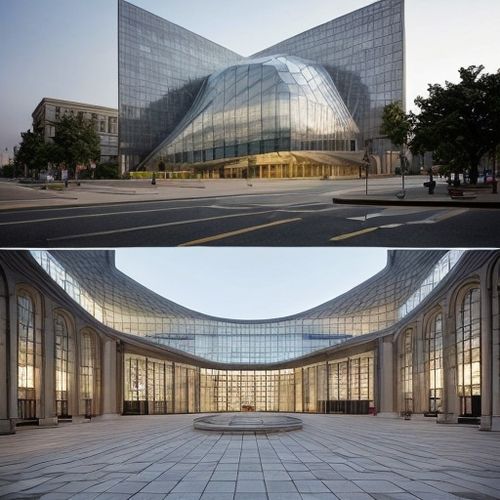
By John Smith/Apr 28, 2025
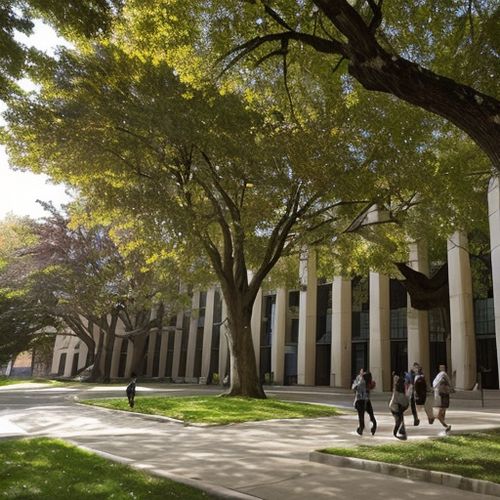
By Christopher Harris/Apr 28, 2025
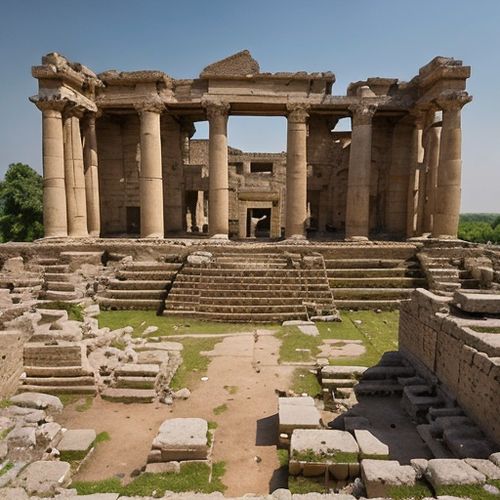
By Sophia Lewis/Apr 28, 2025
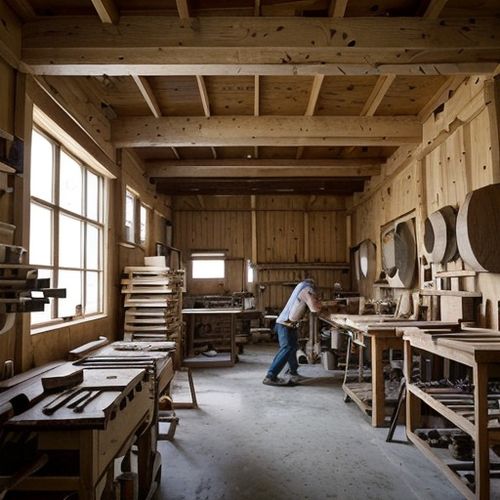
By Amanda Phillips/Apr 28, 2025
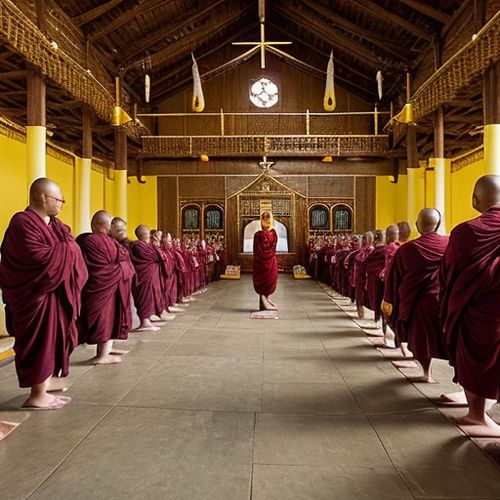
By George Bailey/Apr 28, 2025
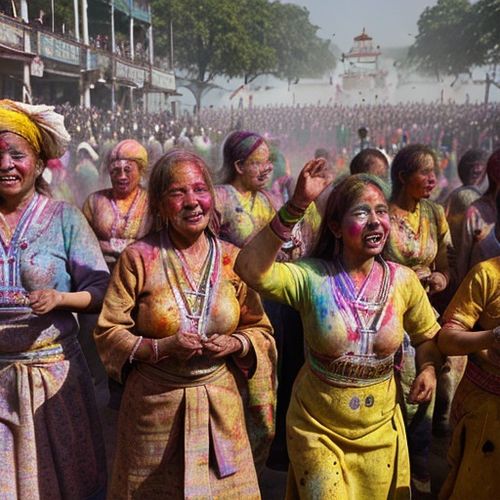
By Christopher Harris/Apr 28, 2025
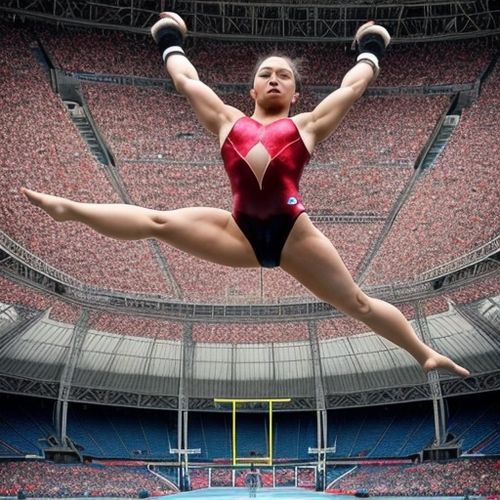
By Thomas Roberts/Apr 28, 2025
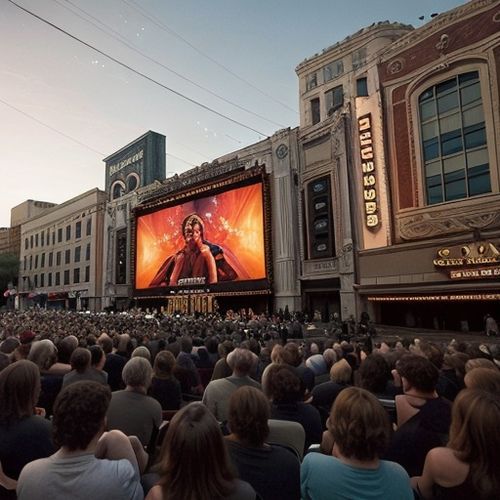
By James Moore/Apr 28, 2025
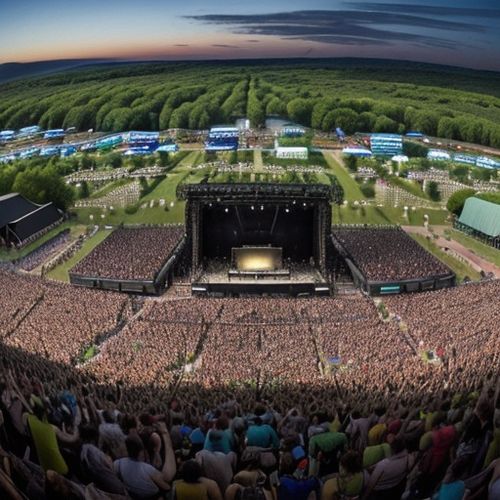
By Eric Ward/Apr 28, 2025
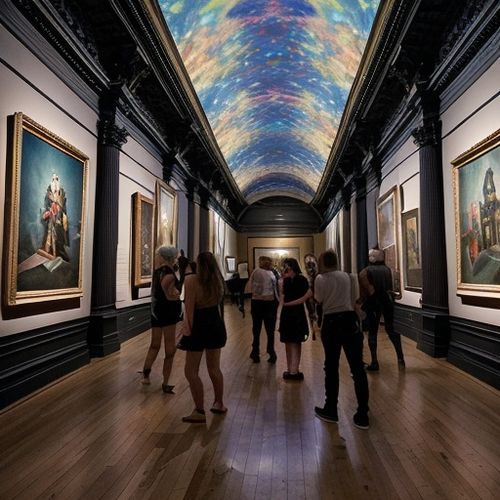
By Thomas Roberts/Apr 28, 2025
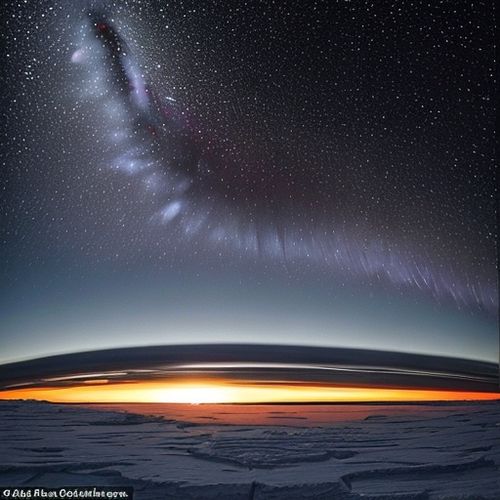
By Sophia Lewis/Apr 28, 2025

By Joshua Howard/Apr 28, 2025
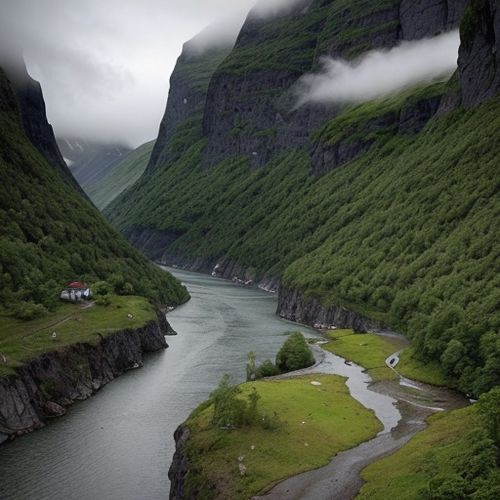
By Jessica Lee/Apr 28, 2025
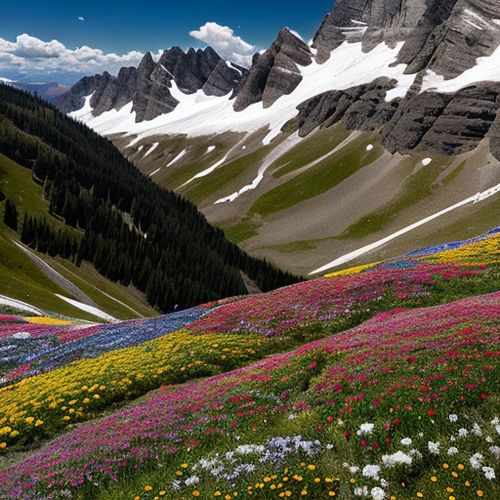
By Christopher Harris/Apr 28, 2025
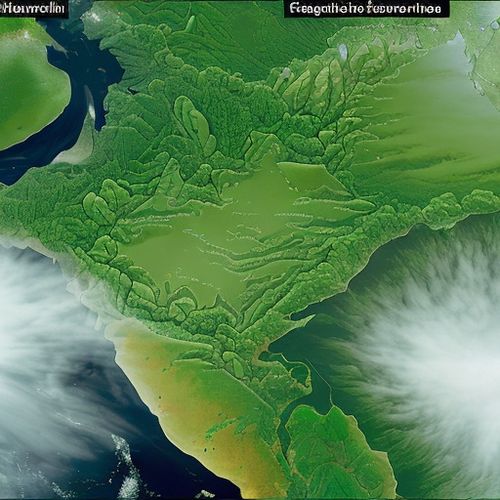
By Elizabeth Taylor/Apr 28, 2025

By Rebecca Stewart/Apr 28, 2025

By Amanda Phillips/Apr 28, 2025
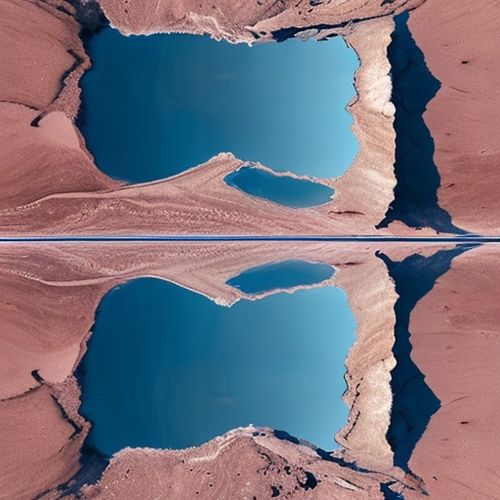
By Michael Brown/Apr 28, 2025
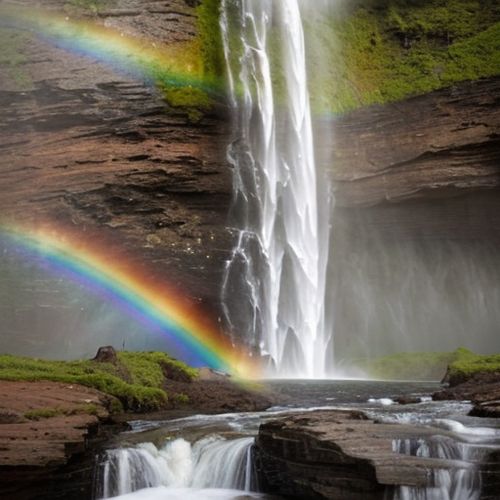
By James Moore/Apr 28, 2025
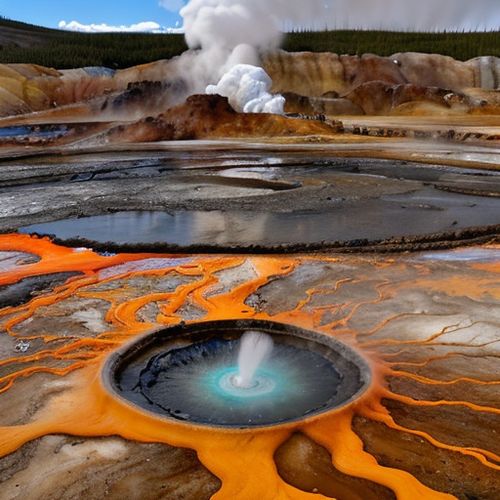
By Sophia Lewis/Apr 28, 2025